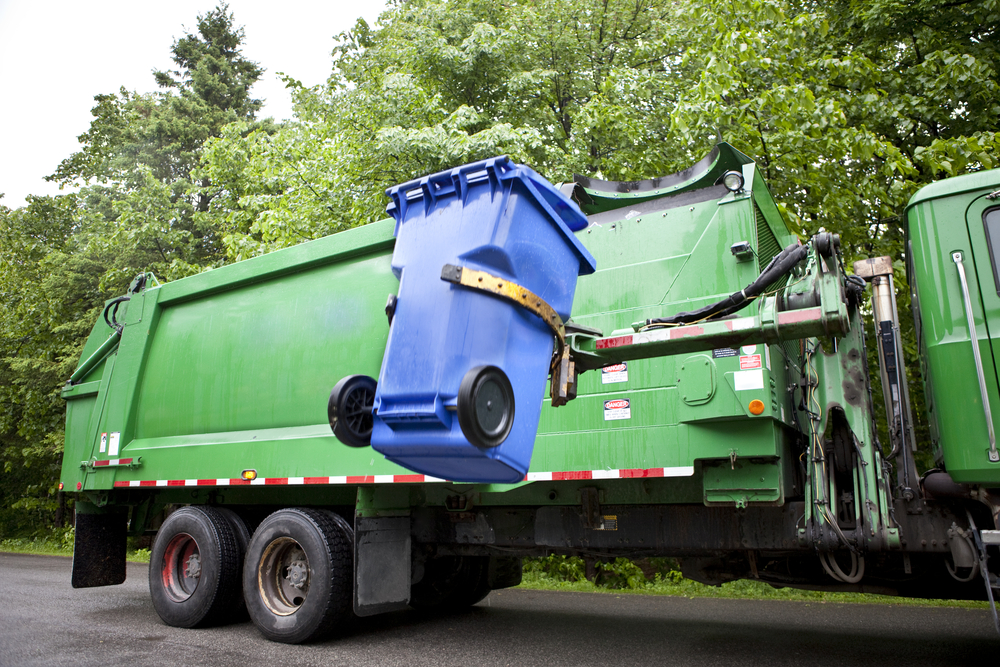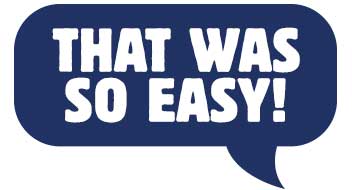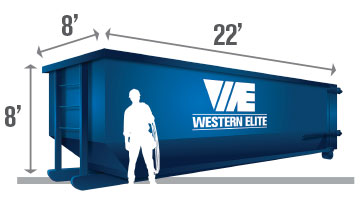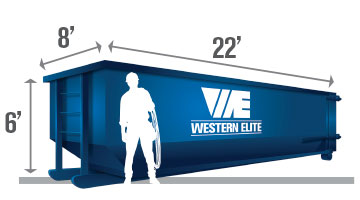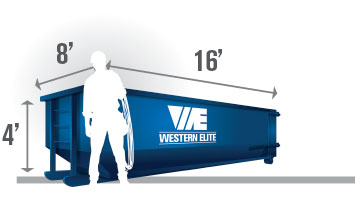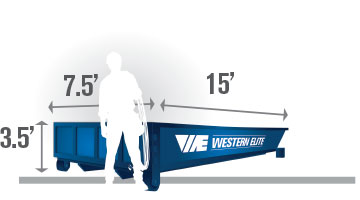It can be easy to forget about our trash the moment it leaves our sight on a weekly basis. However, the trash that starts in our home does eventually does work its way elsewhere into the world. As adults, we can simply understand how trash and unwanted junk make its way from our homes to the landfill, but to our children, this doesn’t often garner a second though. It’s important for our children to understand as soon as possible that trash, waste, and junk doesn’t simply disappear or remove itself, but rather stays around for a lifetime. If you want to help your child understand what their role is in trash disposal, explaining the journey of trash is the best place to start.
It All Starts With Collection
The process and journey of trash aren’t a complicated one, but it isn’t one we shouldn’t keep in the shadows. So, let’s shine some light on where it starts and where it ends. Counties and cities of course differ and so too does trash collection depending on the area. For the example you’re presenting your child, you don’t have to have exact numbers, but rather a general overview of how trash disposal works.
So start at the very beginning! No matter if you take your trash bins out to a curb in the suburbs of Nevada or have a junk removal truck pick up old furniture on the curb in a New Hampshire city, on trash and pickup days, local waste is collected in large trash trucks and haulers with compactors. From here, the trash either makes its way directly to a landfill or takes a stop at a transfer station.
If it Stops at a Transfer Station
Simply put, a transfer station is any location that “accepts” the trash that’s been picked up. In the case that the transfer station is anything like the material recovery center at Western Elite, the collected trash will be sorted for recyclables and other materials. After trash has been sorted, larger trucks take any unrecyclable trash to the landfill.
Finally the Landfill
Once trash makes its way to the landfill, large machines come in to compact the trash. When the trash is dumped, quite a bit of air is stuck between items. When the air is completely compressed it is then covered by a layer of material. This layer could be dirt or a material that’s similar. Doing this helps to keep any sort of contaminants inside of the landfill from leaking out. However, there are still harmful methane gases that try to escape the compressed trash. To keep this in check, every landfill has gas collectors to lower the gases that leave the area.
Although you might not want to alarm your child with the knowledge of just how much trash, waste, and junk ends up in a landfill, it is important to let them know that, even with recycling, the amount of trash disposed of is still raising at alarming levels. This means that even if the entire community is working to recycle more, the average family throws away both more trash and more recycling than they might have a decade ago.
How Can You and Your Child Help?
Remember to teach about the basic early and often. Reduce, reuse, recycle. Although it’s not the only thing a family can do to reduce the amount of trash they’re disposing of, it is a great place to start. Make sure you’re involving your family with the purchase of everyday goods. Let your children help by picking out items from the grocery or shopping list that contain only recyclable products. Explain to them the importance of the “little things” that can be done every day, like choosing products with less packaging, packing lunches in reusable containers, and being careful about what goes into the recycling bin. Together, you and your family members can cut down on the amount of trash generated on a weekly basis.

